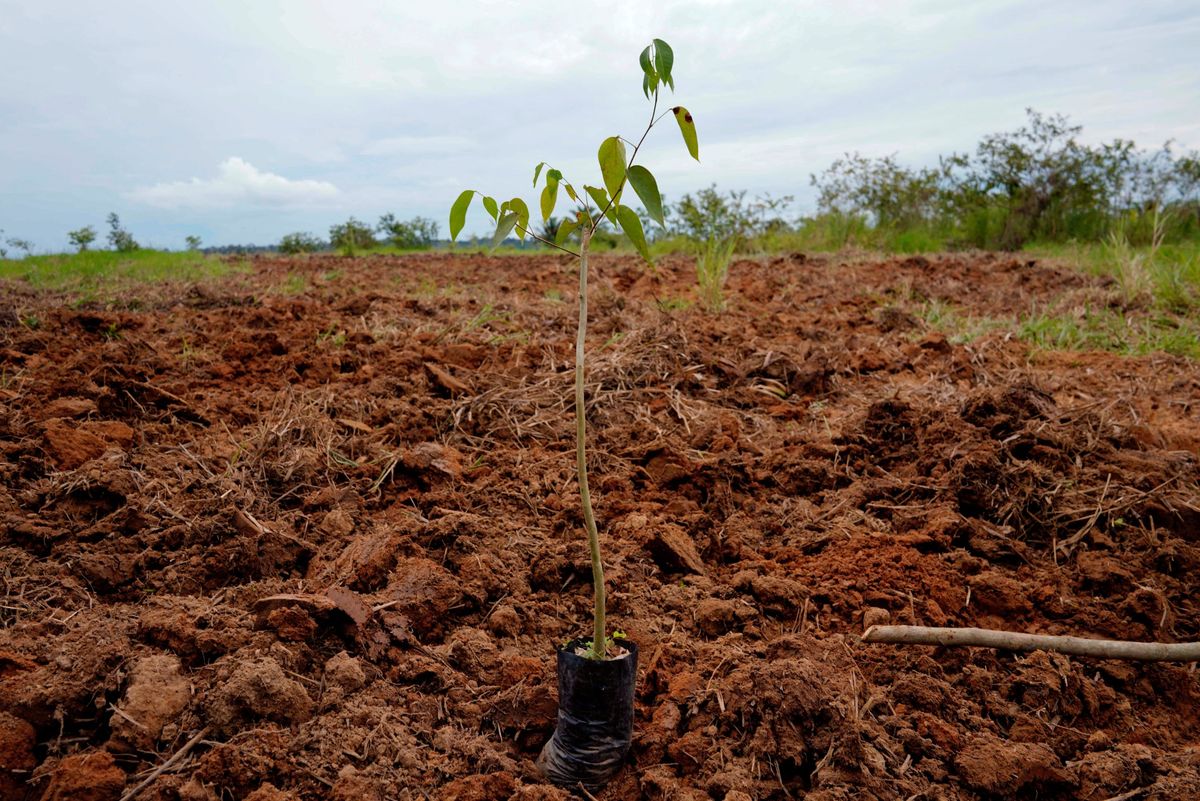Crypto and carbon credits?

A few minutes every morning is all you need.
Stay up to date on the world's Headlines and Human Stories. It's fun, it's factual, it's fluff-free.
So you might have heard of something called carbon offsets, or carbon credits. Basically, the idea is that companies that focus on pulling carbon out of the air sell these credits to all the other companies in the world that specialize in putting carbon back into the air. (Well, maybe not specialize, but when you’re hauling a few million iPhones across the world, some of these companies are really good at it.) These credits typically represent one metric ton of carbon, and the idea is that companies that pollute the Earth can buy credits to cancel out their carbon footprint.
Now, people are saying these credits should be put on the blockchain as a sort of cryptocurrency. The idea has a few benefits. One is that it would make the process more transparent, and everyone could see which companies did and didn’t buy and sell these credits. That transparency also means keeping track of the carbon offset will be easier. Another benefit is that it’s more accessible because smaller companies and even individuals can invest in it.
But here’s the issue – changing carbon credits to crypto doesn’t really solve their root problems. See, carbon credits have quality issues, meaning that not every carbon credit is the same. Some organizations that produce carbon credits might be perfectly worthwhile, such as those developing technologies to filter carbon from the air. But other companies, not so much – like those that claim to be protecting forests which are later found not to be actually at risk in the first place, which kind of cancels the carbon benefit. Not to mention that aspects of the crypto industry are huge carbon emitters in the first place, with mining crypto taking up massive loads of energy.
And some people say turning carbon credits into a cryptocurrency can actually make the problem worse. For now, people and companies can make some differentiation between “good” and “bad” carbon credits – when they’re all represented the same as a fungible currency, that isn’t possible.




Comments ()